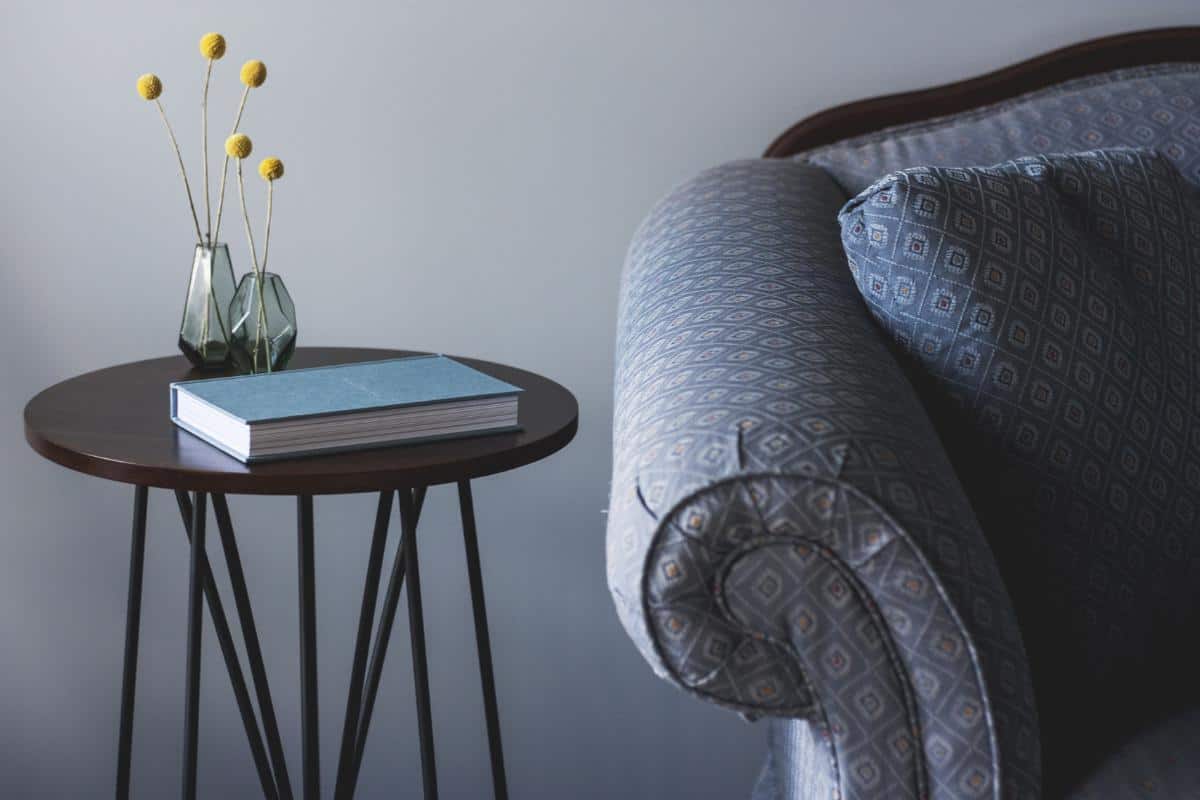Forged Elegance: Unleashing the Power of Metal in Modern Furniture Design
This is a collaborative post.
Have you noticed the increase in metal in modern furniture designs and wondered why? Here, we talk about the benefits and style reasons for metal being popular now in furniture.

Introduction to Metal in Modern Design
Modern furniture design has witnessed a remarkable evolution, marked by the innovative use of various materials. Among these, metal has emerged as a frontrunner, offering strength, versatility, and aesthetic appeal. This article delves into the world of metal in furniture design, highlighting its transformative impact and the creative possibilities it unleashes.
The Historical Context of Metal in Furniture
Metal has been a part of furniture making for centuries, but its use has significantly evolved. From the ornate ironwork of Victorian times to the minimalist designs of the mid-20th century, metal has always adapted to the prevailing design ethos. Today, it’s not just about functionality; metal is used to make a style statement, reflecting modern living trends.
The Rise of Metal: From Industrial to Chic
Initially, metal furniture was more common in industrial and utilitarian settings. However, designers soon recognized its potential in domestic spaces. The transformation from industrial to chic has been revolutionary, with metal furniture now synonymous with modern elegance and sophistication.
The Versatility of Metal: A Designer’s Canvas
One of the most appealing aspects of metal in furniture design is its versatility. Metals like steel, aluminium, and brass can be moulded, shaped, and finished in numerous ways, offering endless possibilities for design innovation. From sleek and shiny surfaces to textured and rustic finishes, metal can embody a range of styles and themes.
Thin Metal Sheet: Revolutionizing Design Possibilities
The advent of using a thin metal sheet in furniture design has opened new horizons. This material allows for greater flexibility and creativity, enabling designers to create intricate patterns, delicate structures, and complex shapes that were once impossible. Thin metal sheets are aesthetically pleasing and incredibly strong and durable, making them ideal for modern furniture.
The Aesthetic Appeal of Metal Furniture
Metal furniture stands out for its clean lines, minimalist forms, and elegant simplicity. It can blend seamlessly with various interior styles, from industrial and rustic to contemporary and minimalist. The aesthetic appeal of metal lies in its ability to offer a sense of lightness and solidity, bringing a unique character to any space.
Combining Materials for Enhanced Visual Impact
Designers often combine metal with wood, glass, or upholstery to enhance its visual impact. These combinations can soften the industrial feel of metal, add warmth, and create interesting contrasts in texture and colour. The fusion of materials also contributes to the uniqueness and artistic value of the furniture piece.
Sustainability and Durability: The Practical Side of Metal Furniture
Sustainability is a growing concern in furniture design, and metal scores high in this regard. It is recyclable and often made from recycled materials, making it an environmentally friendly choice. Additionally, metal furniture is known for its durability and longevity, resisting wear and tear much better than other materials.
The Manufacturing Process: A Blend of Art and Technology
The manufacturing of metal furniture is a fascinating blend of artistry and technological advancement. Techniques like welding, casting, and laser cutting are used to shape and assemble the pieces. Advances in technology have also allowed for more precision and complexity in designs, ensuring that each piece is not just functional but also a work of art.
Customization: Making a Personal Statement
Customization is another aspect where metal furniture excels. Given its malleability and range of finishes, customers can have pieces tailored to their specific tastes and needs. This level of personalization makes metal furniture not just a purchase but an investment in one’s personal style and comfort.
Challenges and Solutions in Metal Furniture Design
Despite its many advantages, working with metal also presents some challenges. Issues like corrosion, weight, and comfort are significant considerations. However, these are being addressed through innovative design solutions, such as the use of protective coatings, lightweight alloys, and ergonomic designs.
The Future of Metal in Furniture Design
The future of metal in furniture design is bright and full of potential. With ongoing advancements in materials and technology, coupled with the creativity of designers, metal will continue to be a key element in the evolution of modern furniture design. Its ability to adapt and transform to meet the changing needs and tastes of consumers ensures its lasting presence and significance.
Conclusion: The Lasting Impact of Metal Furniture
Metal furniture, with its unique combination of beauty, strength, and versatility, has significantly impacted modern design. It challenges the norms, encourages creativity, and offers sustainable solutions. Whether through the use of thin metal sheets or traditional forging techniques, metal continues to be a powerful medium in the hands of designers, shaping the spaces we live and work in. Its elegance, forged through innovation and craftsmanship, ensures that metal will remain a staple in furniture design for years to come.